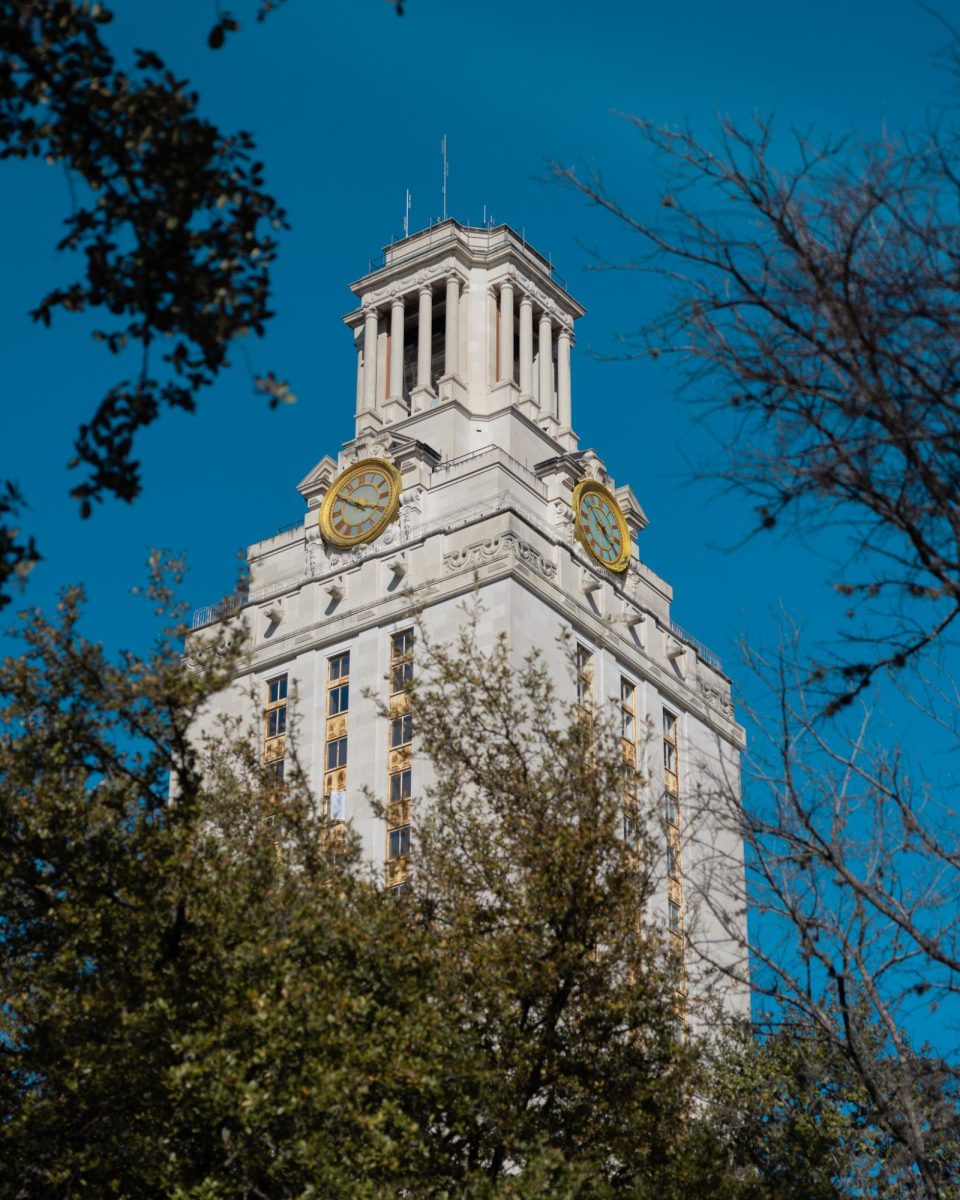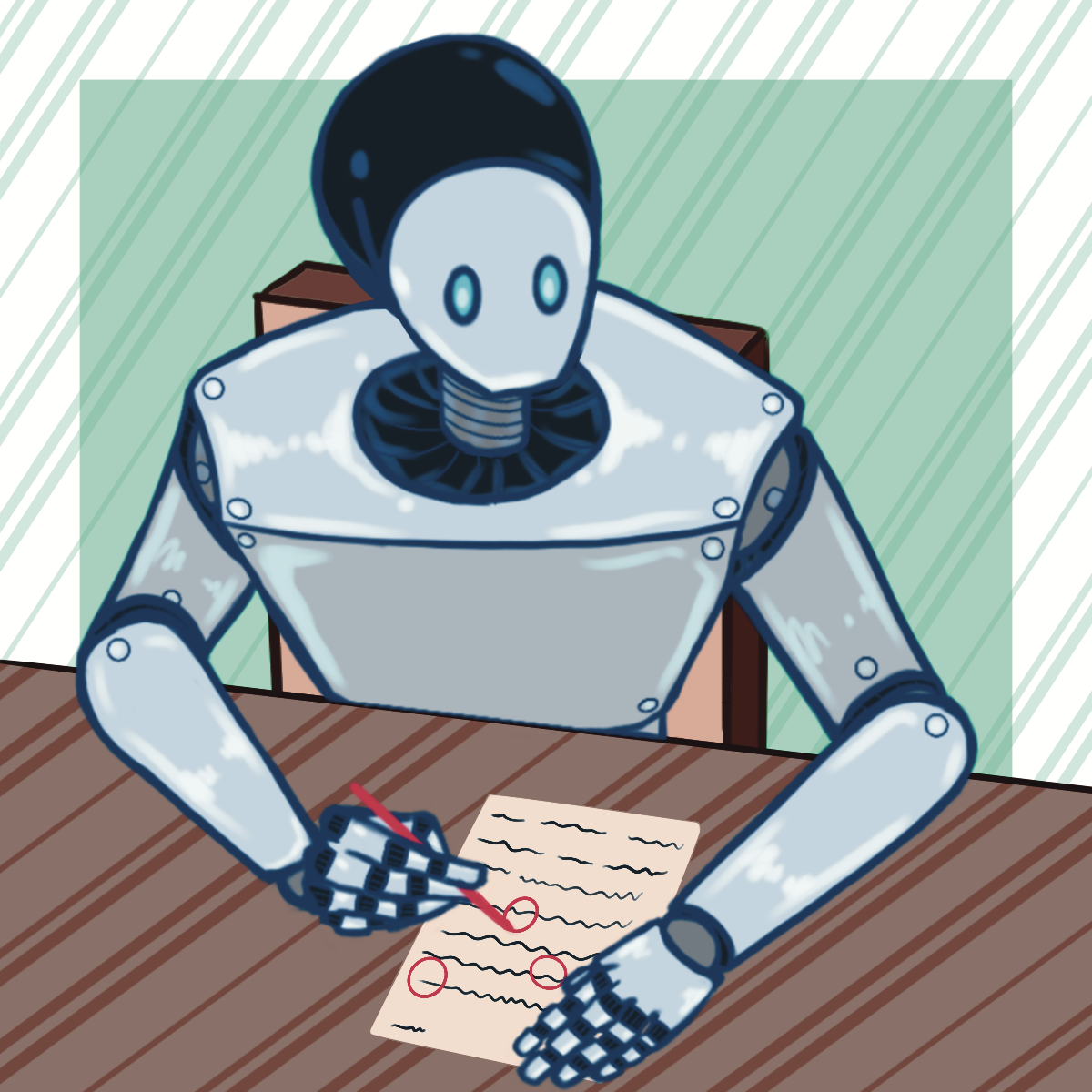Influenced by personal experiences with nerve damage, a former UT football player is now funding research to help others who have facing similar conditions.
Doug English, the president of Lone Star Paralysis, helped fund the research of UT neurobiology professor George Bittner and several affiliate researchers. After playing football at UT, English was inducted into the College Football Hall of Fame and went on to play with the Detroit Lions for 10 years.
“At the tail end of my NFL career, I sustained a neck injury,” English said. “I have a great neck today, but it ended my career. My interests grew over the years, and now it’s a full-blown passion.”
Bittner, the head researcher, said he became interested in examining damaged nerves in animals in graduate school and his current research may help people who suffer injuries based on nerve damage.
Bittner said he examines rats’ sciatic nerves, the nerves that supply all motor control to sensory feeling in the legs of mammals, to determine how these concepts apply to humans.
English said the research on nerve damage being conducted at UT could provide better lives for those affected by spinal cord injuries.
“These people who have hurt their spinal cord and maybe lost something are really great people,” English said.
“They’re all young and active and aggressive, and it’s always a really sad story.”
Bittner said UT is conducting the basic research on nerve damage, while clinical application will be conducted at other institutions.
“We’ve contacted M.D.s so we’re certainly talking with them about how one might do a coordinated trial at various hospitals around the country or around the world,” Bittner said.
Bittner said he collaborated with other researchers from Vanderbilt and Harvard Medical School for his research.
He said the researchers are currently trying to keep the separated halves of nerves, known as distal halves, alive for longer periods of time to provide a greater window for the surgery.
“We’ve done repairs by taking nerves out of the animal,” Bittner said. “Our next obvious step is to do the repair in the animal. We’ll certainly be continuing with this research at UT.”
Psychology professor Tim Schallert collaborated with Bittner while conducting the research and said there are a series of complicated steps that allow the nerve to be repaired.
“We need a way to make sure that nerve cell gap is closed, which involves microsurgery,” Schallert said. “We make sure that the behavior analyses are good and [determine] the nature of the injury and the repair.”

















